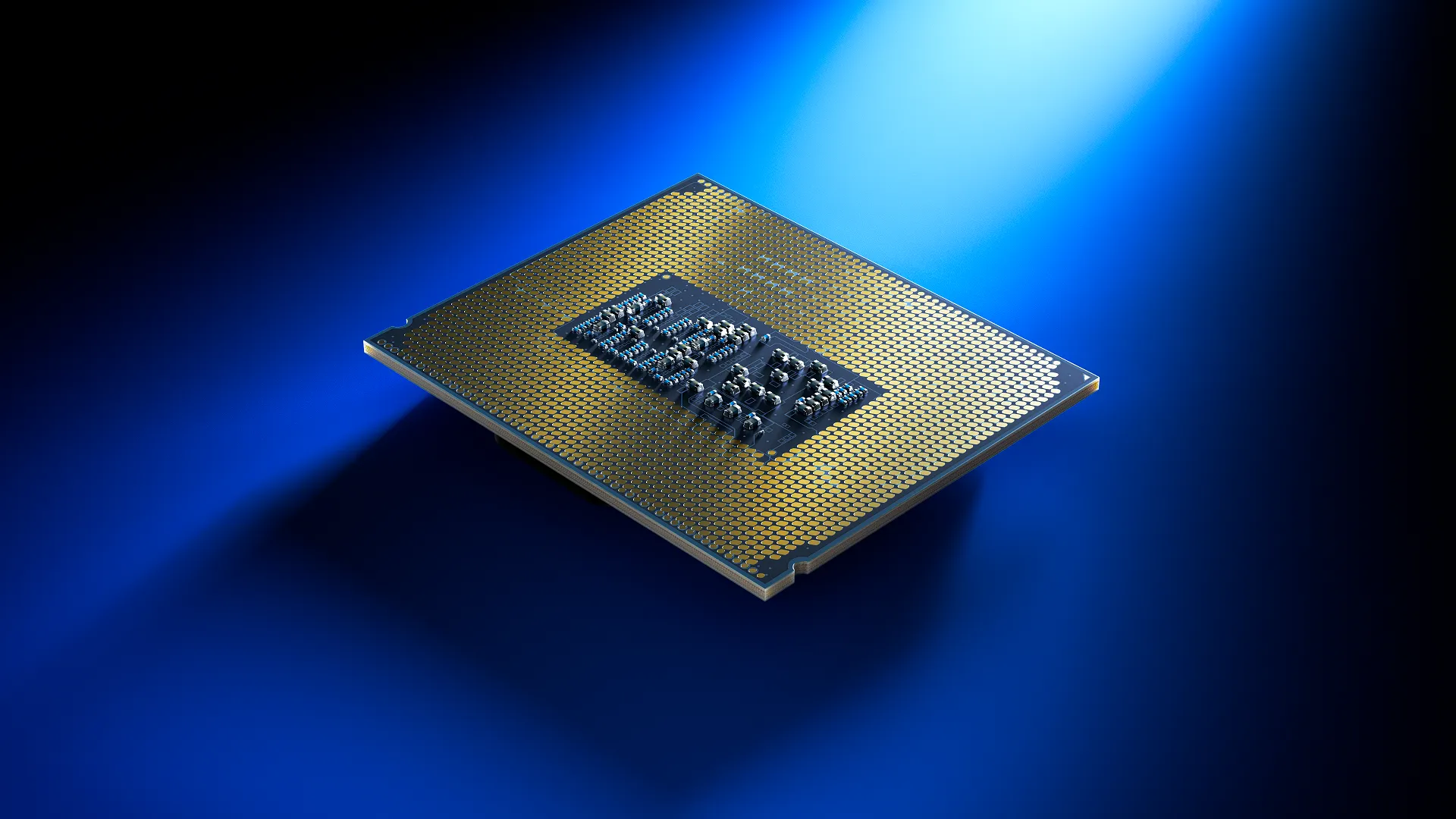Intel’s new Core Ultra 200S or “Arrow Lake” processors are generating significant interest, but potential buyers should be cautious about their power settings and operating system choices. Reports indicate that running these processors on Windows’ default Balanced power mode can lead to substantial performance drops.
For optimal performance, Intel recommends using the Performance power mode and suggests that users consider not upgrading to Windows 11 24H2, as performance can decline with this update. Reviewers from various outlets, including PCWorld, have echoed these concerns, indicating that gaming performance may be notably better on older versions of Windows 11.
Initial expectations for the Arrow Lake processors were tempered by Intel’s admission that their performance would largely match that of previous 14th-generation Core processors, particularly in gaming scenarios.
The major selling point for Arrow Lake was its promise of significantly lower power consumption, with reductions of up to 50% in certain cases. However, the actual performance figures revealed that the processors did not outperform their predecessors as anticipated, leading to disappointment among users and reviewers alike.

Intel’s Core Ultra 200S Processors Require Careful Power Settings and OS Choices for Optimal Performance
An unexpected issue has emerged regarding performance testing, where Intel provided hardware configured for the “Best Performance” power mode. Many users may not be aware of the power settings available in Windows 11, which are buried within the System settings and not clearly explained by Microsoft.
This lack of visibility means that most users likely leave their systems on the default Balanced power setting, inadvertently limiting the capabilities of the new processors. PCWorld’s testing highlighted that the Core Ultra 9 285K only delivered expected performance levels when set to the highest power mode while switching to Balanced or Power Saver modes resulted in drastic performance reductions.
Further analysis by TechSpot and Gamers’ Nexus confirmed these findings, demonstrating mixed results across different games and Windows versions. In some instances, such as with the game *Cyberpunk: 2077*, performance was better on the earlier Windows 11 23H2 compared to the 24H2 update. However, other titles exhibited the opposite trend, indicating a lack of consistency.
TechSpot ultimately concluded that choosing an optimal OS configuration for testing remains challenging, suggesting that Intel still needs to refine compatibility with Windows to achieve reliable performance from their new processors.
Intel has acknowledged the performance issues associated with Windows 11 24H2 and the Balanced power mode. A company representative stated that they are investigating reports of lower-than-expected performance and reaffirmed their recommendation for users to set their systems to the “Best Performance” mode.
With AMD’s Ryzen 9000 desktop chips also facing challenges during their launch, Intel finds itself in a competitive environment that requires continuous improvements to ensure its Core Ultra processors meet consumer expectations. Collaboration between Intel and Microsoft may be necessary to optimize the performance of these new chips in future updates.









































